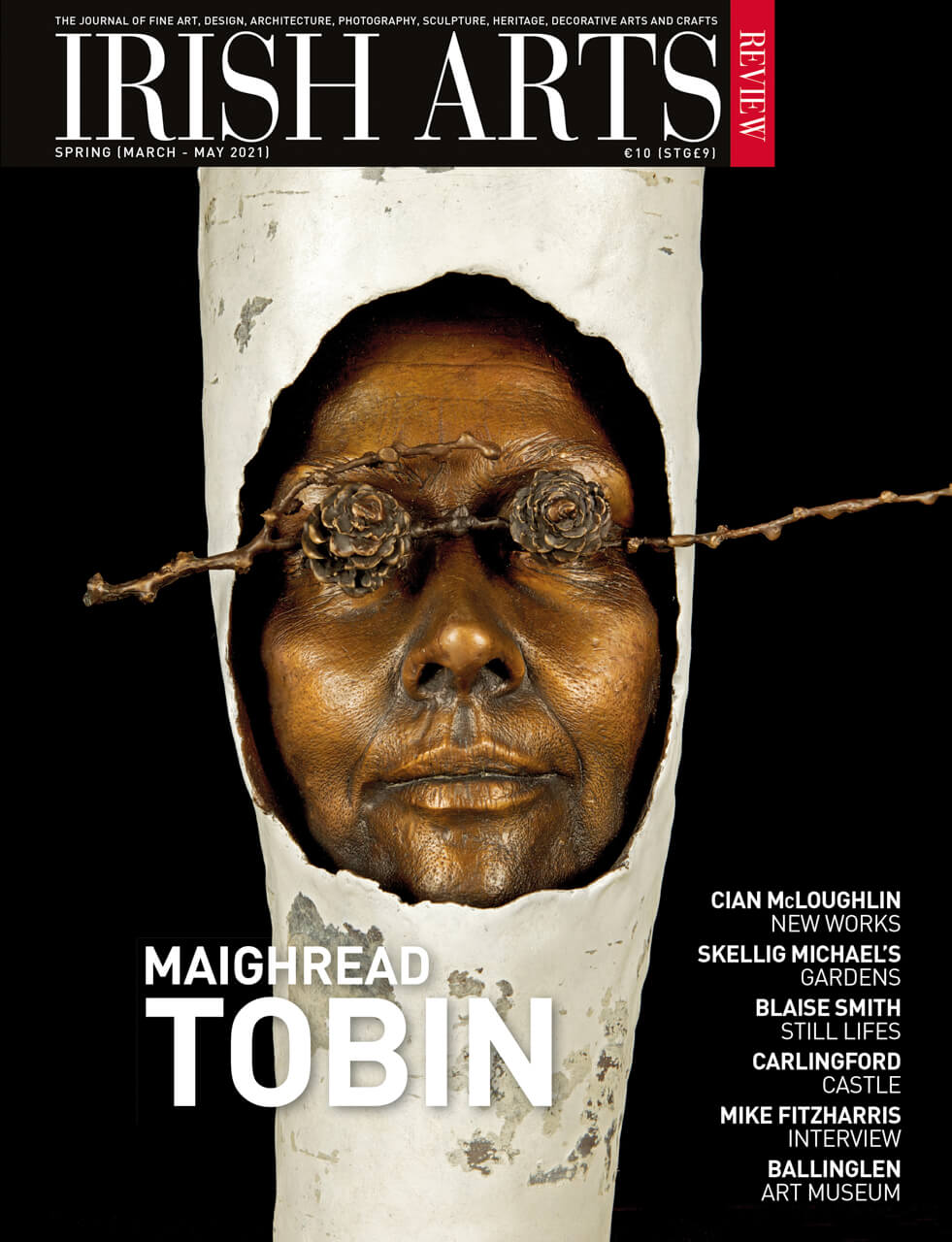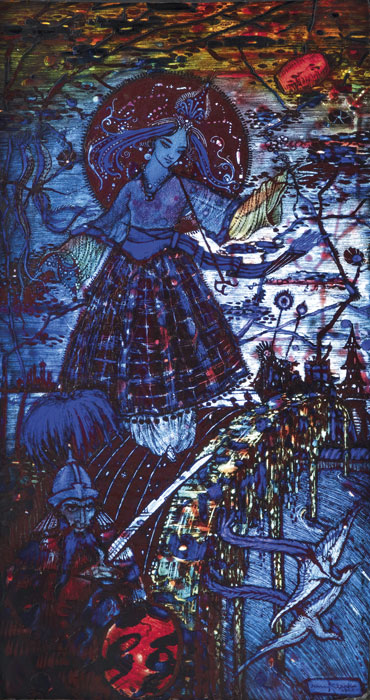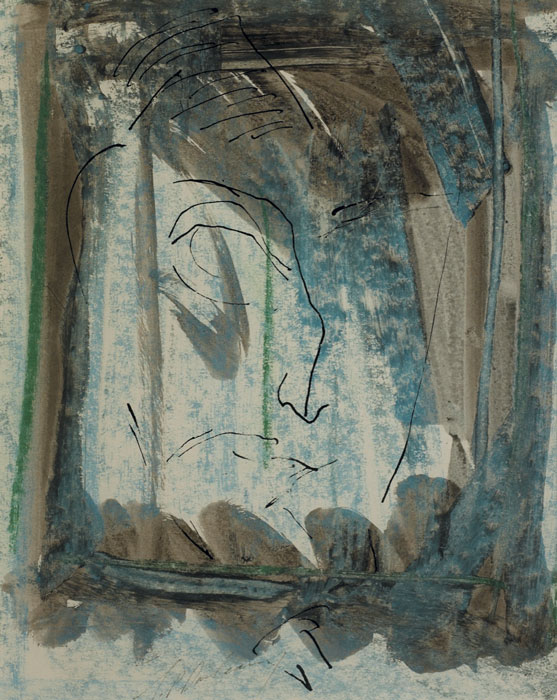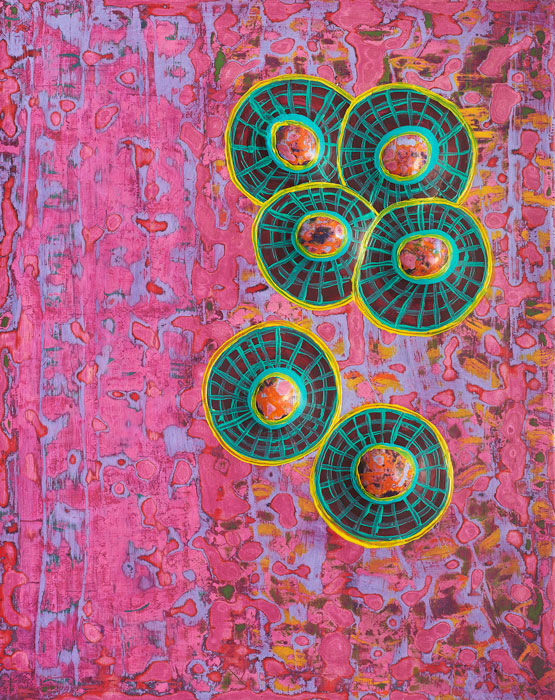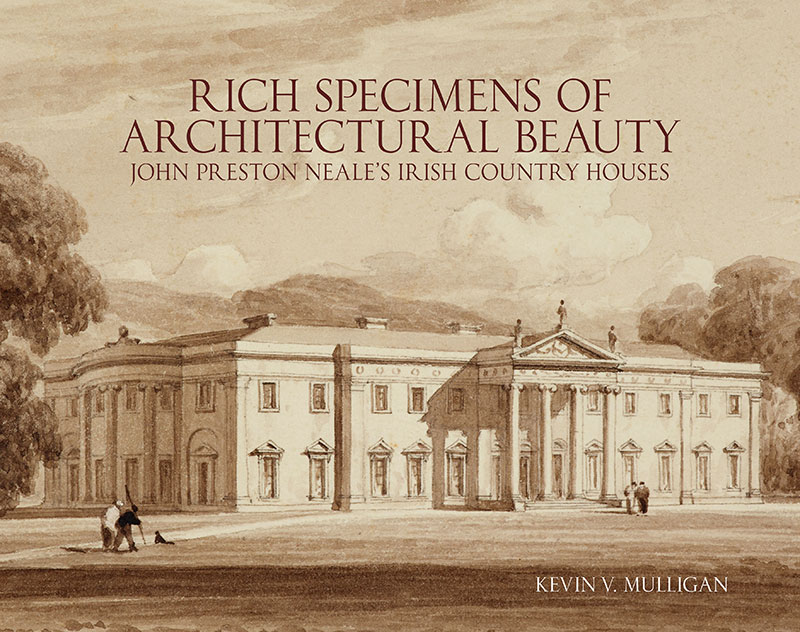
Rich Specimens of Architectural Beauty
Kevin V Mulligan
Churchill House Press, 2020
pp 232 illustrated hb
€25 No ISBN
Conor Lucey
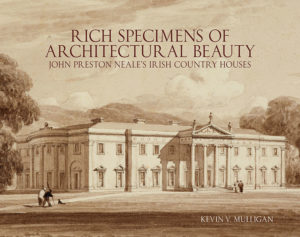 This handsome volume continues Churchill House Press‚’ tradition of bringing important if little-known collections to public attention; in this instance, a recently rediscovered volume of drawings of Irish country houses by English topographical artist John Preston Neale (1780-1847), held at the National Library of Ireland.
This handsome volume continues Churchill House Press‚’ tradition of bringing important if little-known collections to public attention; in this instance, a recently rediscovered volume of drawings of Irish country houses by English topographical artist John Preston Neale (1780-1847), held at the National Library of Ireland.
Although well regarded, Neale remains a shadowy figure. His first published work in 1801 – a view of a church in Berkshire for the series Beauties of England and Wales (1801-15) – confirms his interest in the relationship of architecture to landscape and represented his entrée into the world of commercial publishing. The present book focuses on 39 views of Irish houses prepared by Neale for a mammoth, twelve-volume publication issued between 1824 and 1828. Intended as a conspectus of domestic architecture across England, Ireland, Scotland and Wales, the Views of the Seats of Noblemen and Gentlemen constituted an extraordinary achievement at a crucial stage in the evolution of the British Empire, presenting an overview of ‘the rapid and successive changes that have taken place in the national taste during three centuries‚’.
Neale apparently never visited Ireland, so the selection of houses unabashedly betrays the Morrisons‚’ self-interests
Kevin Mulligan’s introduction is both scholarly and engaging, providing historical context and background to Neale’s ambitious undertaking. Of particular interest is the formation of the Irish portion of the publication, describing the role of architects – principally the practice of Richard and William Morrison – in supplying architectural drawings that Neale worked up into scenographic views. (Elsewhere, talented amateurs such as Frederick Ponsonby, Earl of Bessborough, provided sketches of their own properties.) Neale apparently never visited Ireland, so the selection of houses unabashedly betrays the Morrisons‚’ self-interests; ignoring the major building projects of their peers, including Francis Johnston, the impression gained from the published views of Irish houses is that, ‘aside from the Morrisons‚’ work, country house architecture, in a time of unprecedented building, was a dismal art‚’.
Neale’s project is characterised as a key moment in the development of the published estate portrait in Ireland, a genre already popular in Britain, with Mulligan suggesting that views of English country seats were ‘easily promoted as a source of national pride‚’. But further analysis might have teased out why earlier titles devoted to their Irish equivalents, including that of London engraver Thomas Milton, failed to generate the same response – here attributed only to its limited appeal ‘within the coterie of owners of country houses‚’. (The imperial contexts for the ‘cult of the ruin‚’ in travel writing on Ireland, given the project’s inception in the decades after the Act of Union, might also have been drawn out more substantially.) But this would necessarily have produced a very different study.
Happily, this splendidly produced book is devoted to full-scale reproductions of the original drawings in sepia and watercolour that formed the source material for the engraved plates. An accompanying gazetteer of the published views, and a selection of Neale’s Irish correspondence, represents a significant resource for future historians and connoisseurs. Taken together, Rich Specimens of Architectural Beauty is unquestionably a valuable addition to the bibliography of Irish architectural and landscape histories.
Conor Lucey is an Assistant Professor in the School of Art History and Cultural Policy, University College Dublin.
